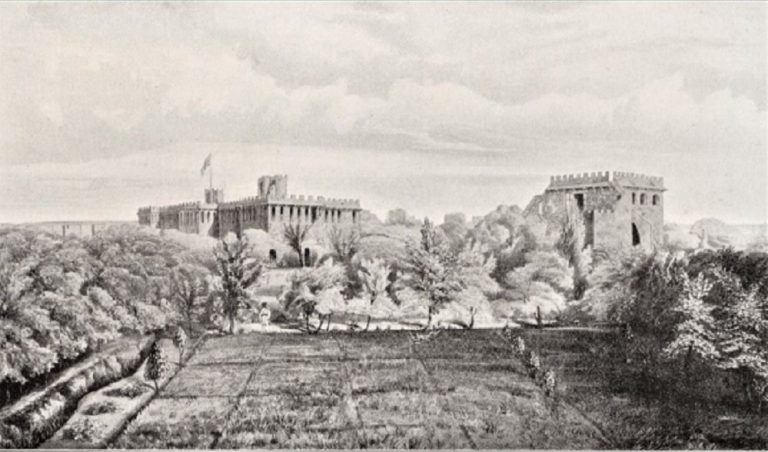
The greatest place to witness John Jacob’s talent is perhaps the Residency of Jacobabad, which now serves as the abode of the Deputy Commissioner. A two-story house was built by Jacob, and it was enclosed in an area of about 20 acres.
By Muhammad Asif Nawaz
The city of Jacobabad in northern Sindh has the reputation of being the hottest place in the country. The temperature in the area reaches exceedingly high levels in the summers, to such an extent that it has been cited as among the places most vulnerable to global warming in the world, where a temperature change of 0.5 degrees can be the difference between life and death. To an insider, though, the city is a memorial to a man, endearingly called Jacob Sahab or General Jacob by the locals.
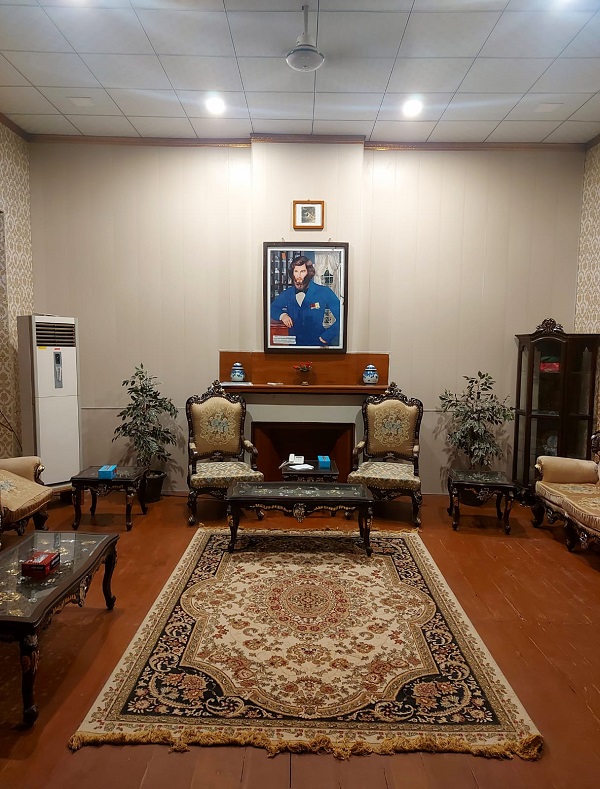
Brigadier General John Jacob was an officer of the British East India Company, and is credited with founding the city of Jacobabad in its present form. He signed a treaty in 1841 between the Company and the Talpur rulers of Sindh, reached Khangarh (the previous name of the area) and restored peace in the region. As an engineer and an architect, Jacob transformed the city by laying a wide road network, excavating the Begaree canal, and thus converting a forsaken land into a bustling urban center. The British Gazetteer of the time notes that the spacious roads and fine trees of Jacobabad had no match elsewhere in the province of Sindh. His development mode was inclusive, as he worked for the development of the area by taking the locals into confidence and working with them to improve the city. And the locals soon started calling the city by his name. Even though much has changed in the city over the decades since the end of the British Raj, Jacob is still a revered figure.
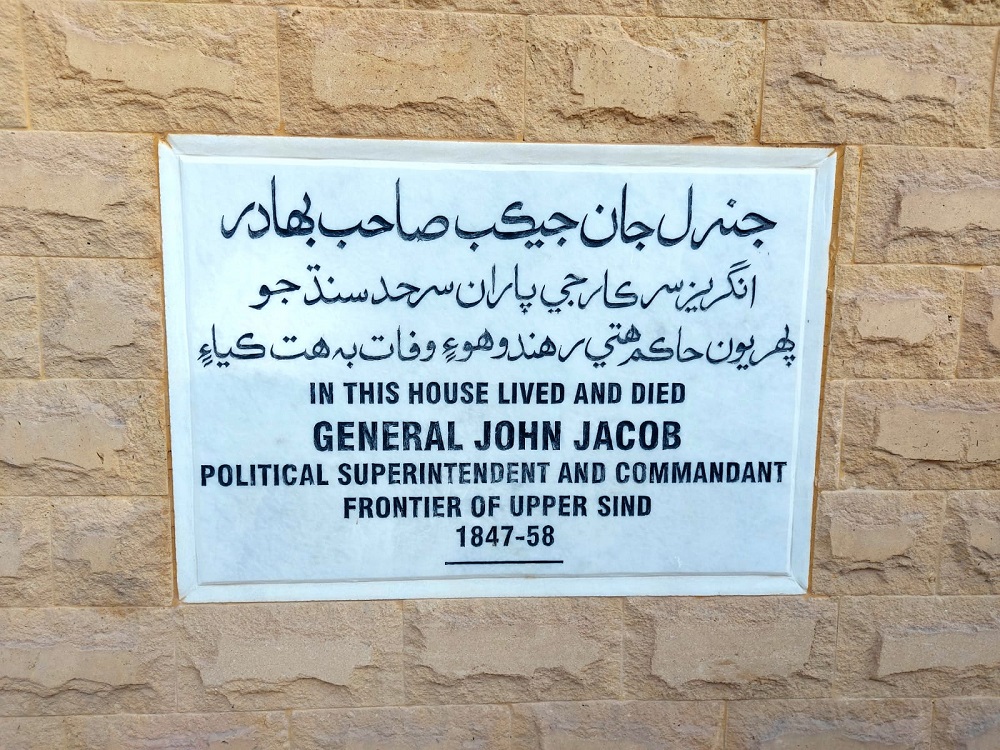
The greatest place to witness John Jacob’s talent is perhaps the Residency of Jacobabad, which now serves as the abode of the Deputy Commissioner. A two-story house was built by Jacob, and it was enclosed in an area of about 20 acres. While much has changed over the years, a marble tablet proudly announces the glory of the place at its entrance: “In this house lived and died General John Jacob. Political Superintendent and Commandant Frontier of Upper Sindh, 1847–1858.” Inside the house, a portrait of the man adorns almost all the rooms, some of them still opulent and carrying the original floors. But there’s no greater reminder of Jacob’s enterprises than the marvel that stands inside the house: Jacob’s clock.
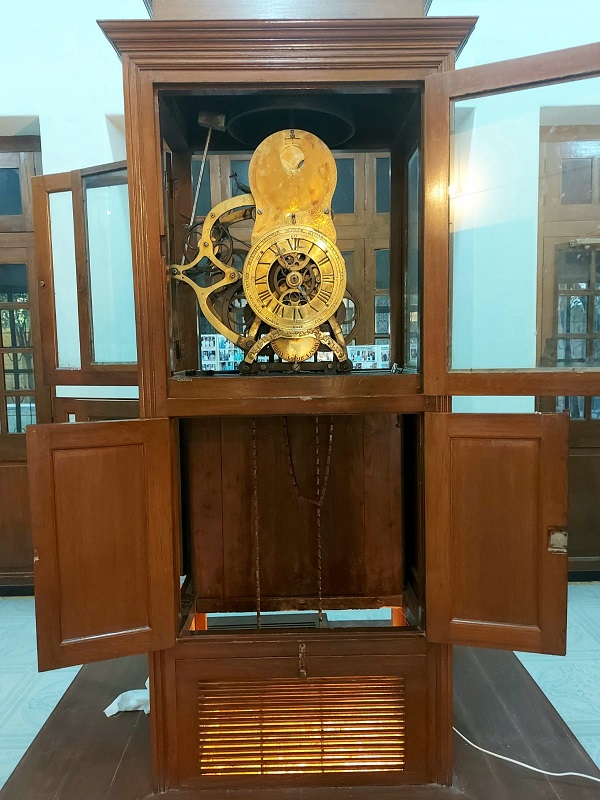
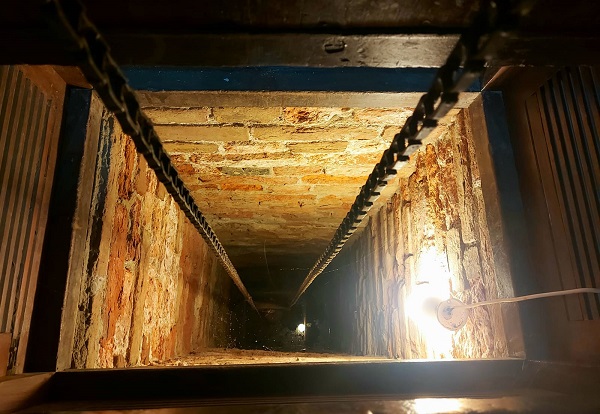
The impressive, sturdy clock was built by Jacob himself, down to every piece of its structure. Made of brass and fixed in a wooden cabin, the clock displays the Pakistan Standard Time. But there’s more to the clock: it also shows the lunar date at the top, along with the shape of the moon in the sky and the Gregorian calendar, complete with the month and date. The bottom of the clock also tells you what day it is, while the back of the clock displays Greenwich Mean Time. All of this sounds mundane in comparison for the watches we have today. However, this clock was made in 1850, and it operates mechanically, without the help or aid of batteries or any external source of power, instead it functions by the force of gravity. The lever-weight system installed in the well at the base of the clock powers it, while a brass pendulum regulates the mechanism of the clock. The iron weight reaches the base of the well in about 16 days, to be brought up manually. Mr. Jahangir is the only person who works to maintain the clock, and arguably the only one with the expertise required to manage it. He told us that he’s currently teaching his son the same, as he believes it’s a legacy that ought to be passed on. And while so much has changed, Jacob’s clock, even after about two centuries, remains timeless.
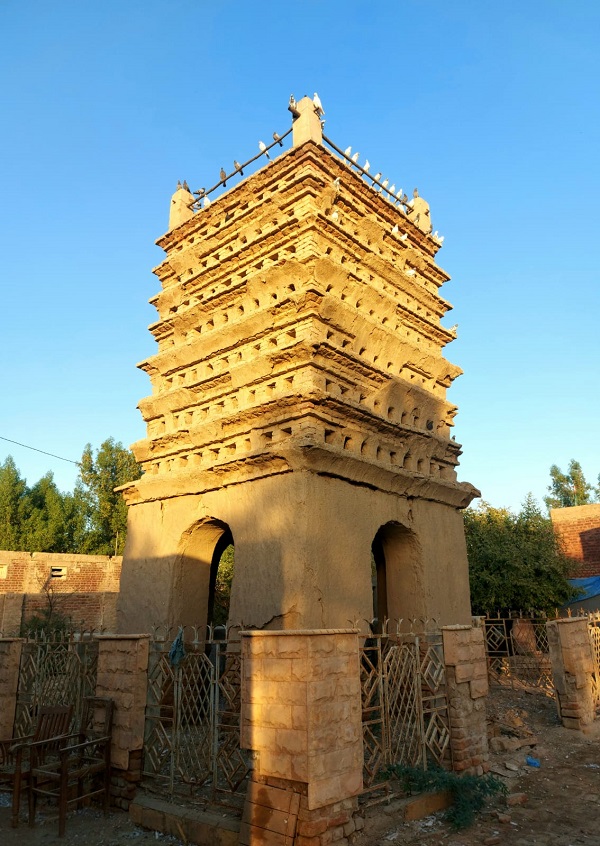
A little distance off the Residency stands the Kabootar Ghar, or Pigeon House, also built by Jacob. It is a 30-foot-high dovecote that still houses a number of pigeons to this day. While it has crumbled in places, its tapering structure still makes for an interesting visit. While the main reason for maintaining this rookery was for communication purposes, the structure was the first of its kind in colonial Sindh. These pigeons were Jacob’s spies and aides against the warring Baloch tribes, and over time, people have come up with more innovative stories for the structure. While everyone agrees that the pigeons’ primary purpose was to provide a postal network, the fact that all four sides of the tower houses pigeons has led to some fiction. You’ll be told by a guide that Jacob kept an eye on the pigeon house and would rely on the pigeons’ sense of fright. When pigeons flew scared into the air from one side of the rookery, it was interpreted as a warning sign that an attack from that side was imminent, and the necessary preparations were made. Such ingenious schemes also led to the success of Jacob as an administrator, for which he is still widely respected.
__________________
Courtesy: Youlin Magazine (Published on Nov 24, 2022)